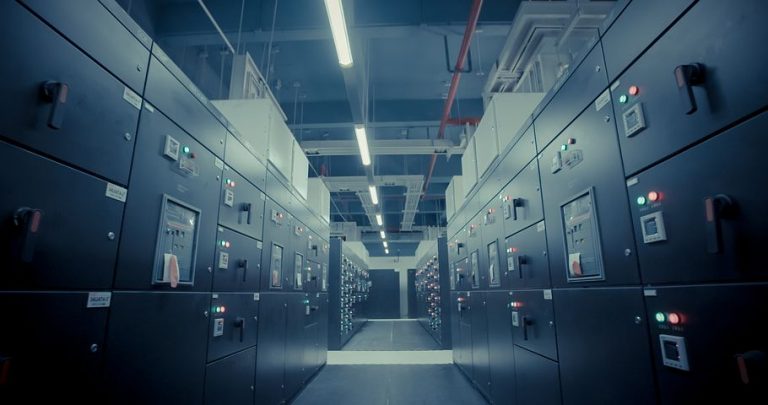Calculating Total Cooling Requirements for Data Centers: A Helpful Guide

Data centers can quickly become large areas of concentrated heat, so keeping them cool is vital. Choosing the right cooling equipment isn’t about guesswork. It’s about studying your installation and selecting an industrial or data center cooling system that keeps everything running as it should. Here’s a brief helpful guide for calculating the total cooling requirements for data centers.
Heat Output
The first step in calculating the total cooling requirement for data centers is measuring heat output. Heat is energy that is calculated in one of four ways:
- BTUs per hour
- Tons per day
- Joules per second
- Calories per hour
Thankfully, there is a strong trend toward standardizing measuring heat by Watts, so we will discuss cooling and power capacities in Watts.
The total heat output of a system is the sum of the heat outputs of the components. This includes the IT equipment, UPS, power distribution, air conditioning units, lighting, sunlight from windows, and people. While calculating the thermal output data for every item in the data center is possible, it is also costly and time consuming. A quick estimate will suffice. To do so, use this table.
| Item | Required Data | Heat Output | Subtotal |
| IT equipment | Total IT load power in Watts | Same as total IT load power in Watts | |
| UPS | Power system rating | (0.04 x power system rating) + (0.05 x total IT load power) | |
| Power distribution | Power system rating | (0.01 x power system rating) + (0.02 x total IT load power) | |
| Lighting | Floor area in square feet | 2 x floor area | |
| People | Max # of personnel in data center | 100 x max # of personnel | |
| Total | Subtotals from above | Sum of heat output subtotals | Total: |
Humidification
Since most air conditioning systems cause condensation, there can be a great deal of humidity loss. Therefore, humidity levels should also be a consideration when calculating the total cooling requirements for data centers.
Cooling System
Now that you’ve calculated the heat output, you can determine an appropriate cooling system. A good rule of thumb is to have a CRAC system that is 1.3 times the anticipated IT load rating plus any capacity added for redundancy. This is especially the case for rooms under 4,000 square feet. If you’re working with a larger data center, there are many other factors to consider and it would be best to seek professional help if that is the case.
Need Help?
If you need help, be sure to contact us at Woodstock Power and one of our expert staff members would be happy to talk to you!

